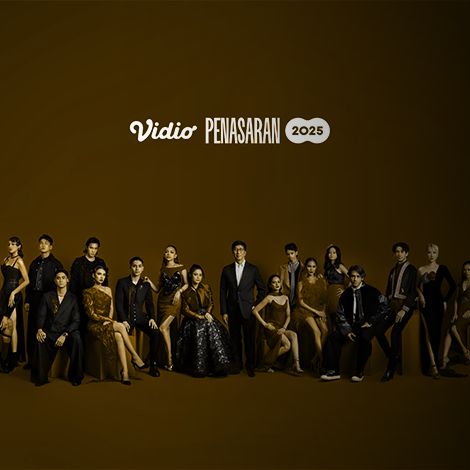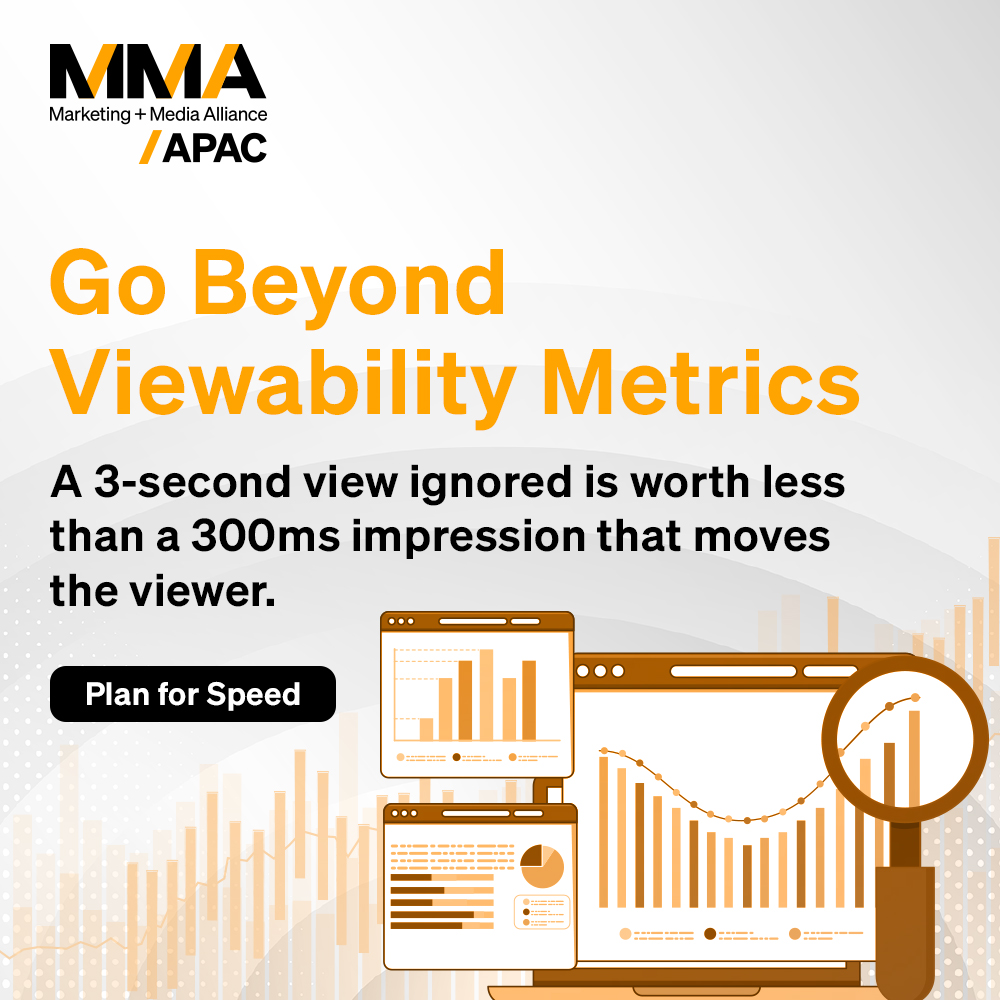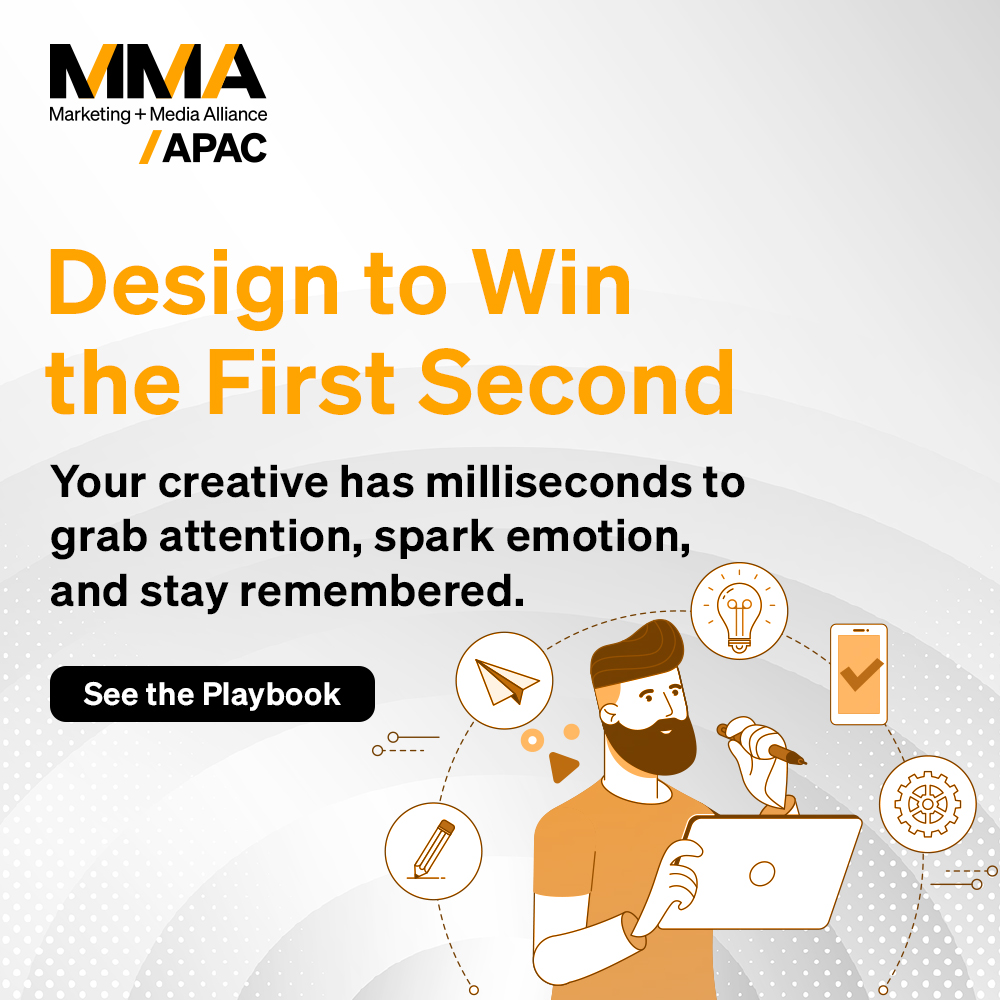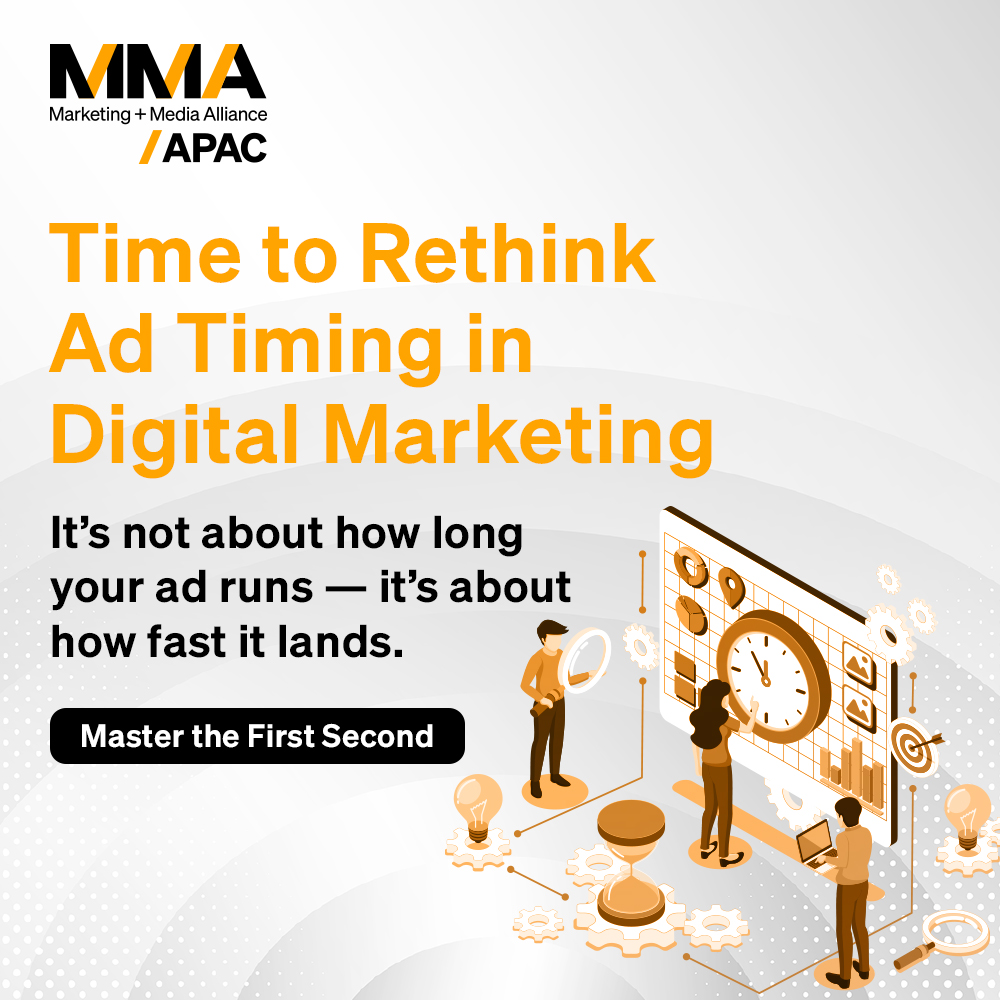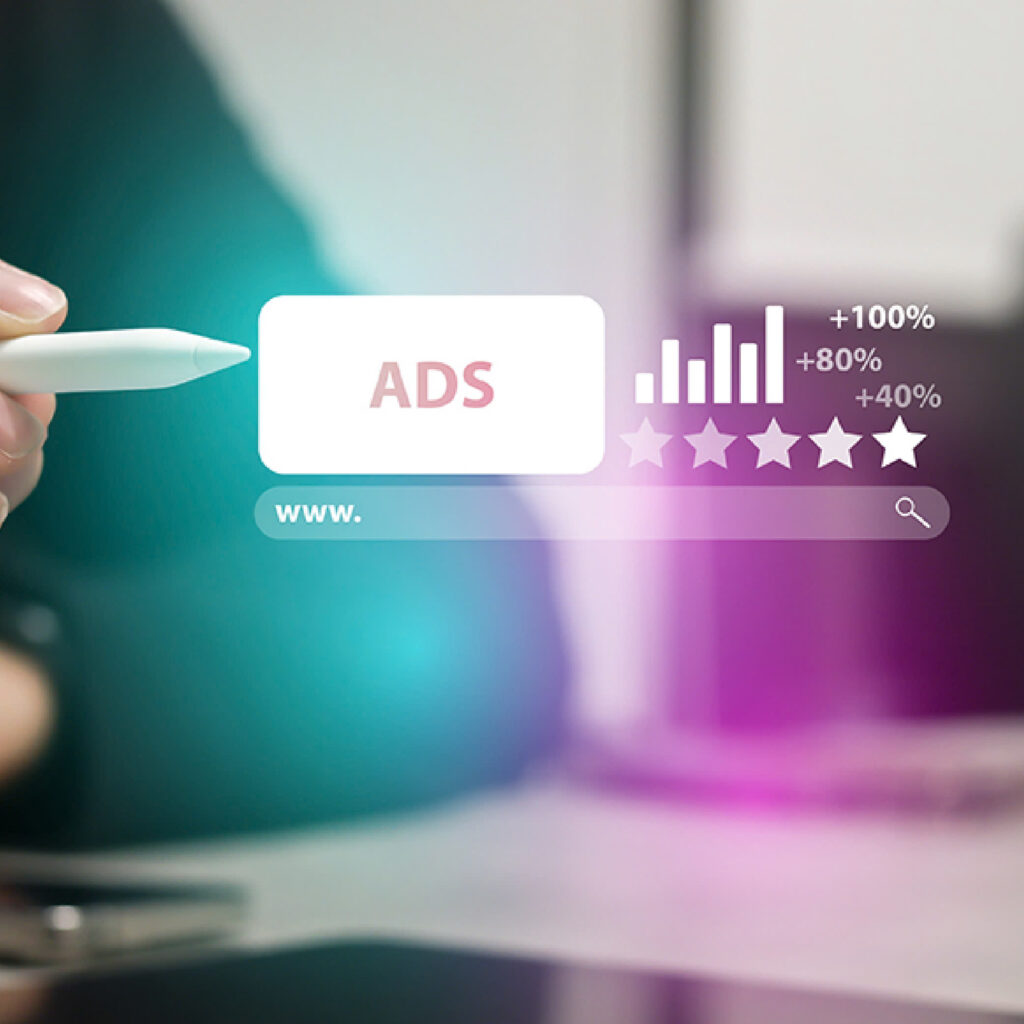
Before consumers think, they feel. The MMA–Neurons research shows that the human brain needs less than 0.5 seconds to not only see but also form an emotional response to mobile advertising
This means the earliest frames of your ad are more important than the total duration.
The Science Behind Instant Emotion
- Color Psychology: Within 100–400ms, color cues trigger emotional responses — red for urgency, green for vitality, blue for trust.
- Motion vs. Static: The study found video ads generate stronger emotional responses faster than static images.
- Social Cues: Faces, gestures, and eye contact activate empathy instantly.
- Brand Anchors: Familiar logos or taglines accelerate recognition and emotional resonance.
Risks of Weak Creative
The research warns that low-performing ads not only fail — they skew negative in the first second
Buying longer exposure doesn’t undo the damage.
Designing for Resonance
- Lead with one bold emotional trigger.
- Align visual cues with brand identity.
- Keep complexity low but emotional clarity high.
As the study concludes: “By the time it takes for their heart to beat once, consumers have probably formed an emotion in response to an ad.”
👉 In the battle for attention, emotions fire first. Design ads that make consumers feel before they think, and you’ll own the most valuable second in marketing.
Sources
- MMA & Neurons Inc. (2019). Members Only – First Second Strategy Report
- Neurons Inc. (2019). Cognition Research Report Final
- MMA (2019). First Second Strategy Executive Summary
